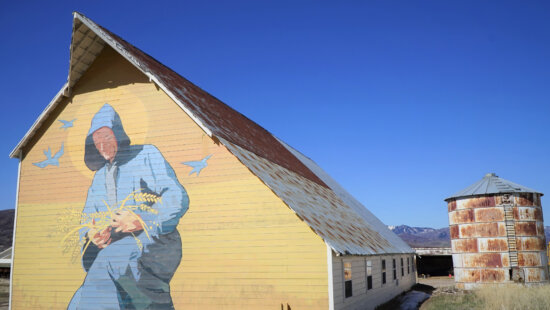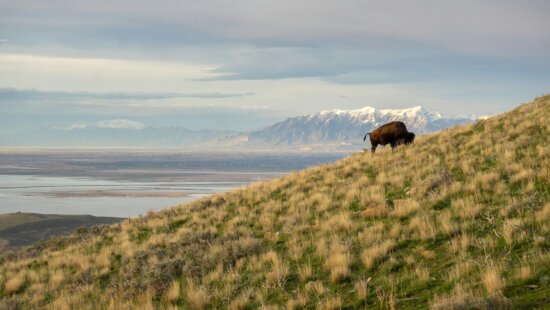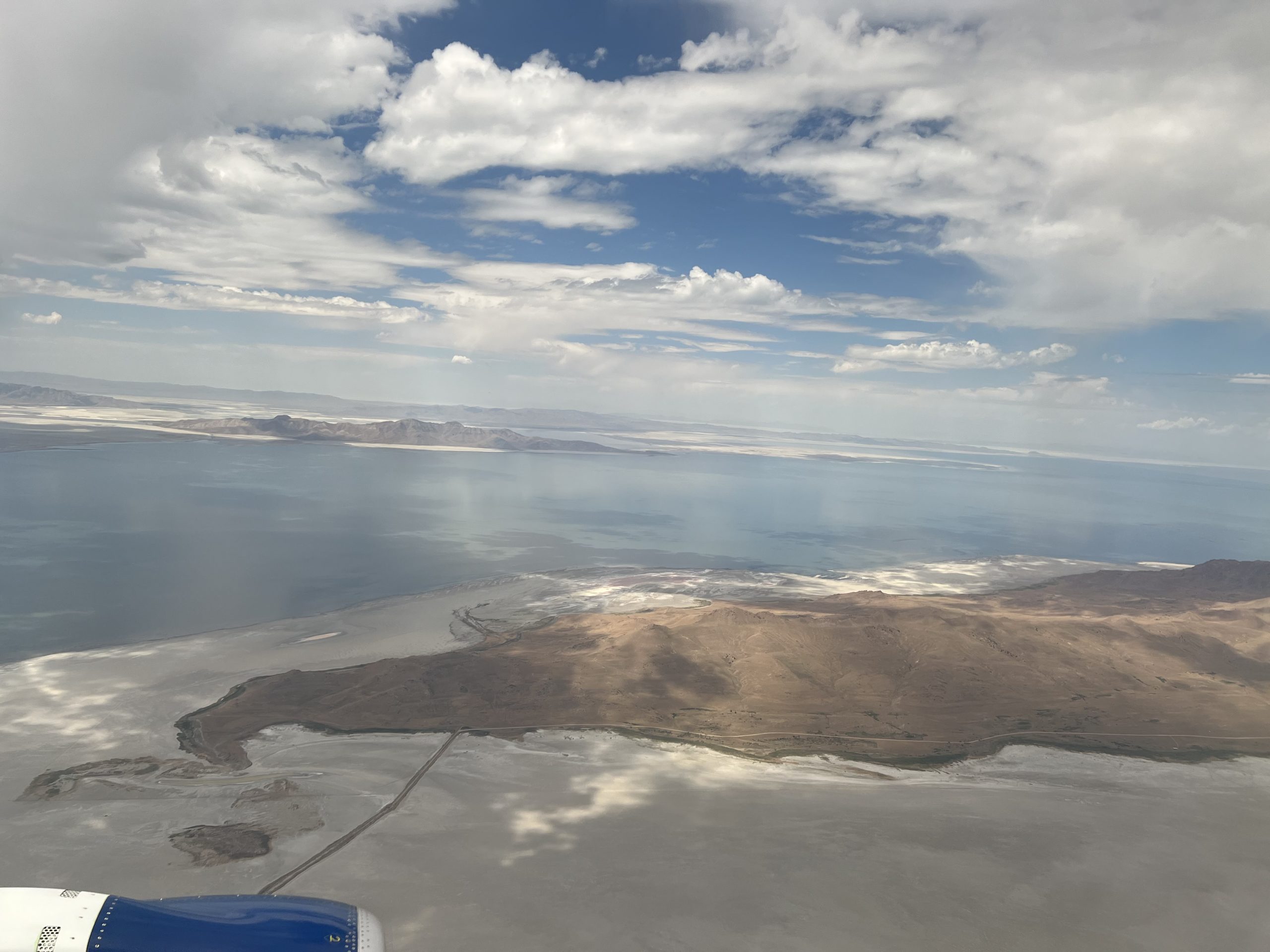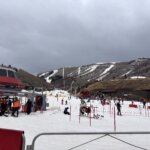Wildlife
DNR: Drought update reveals that most of Utah is experiencing severe conditions
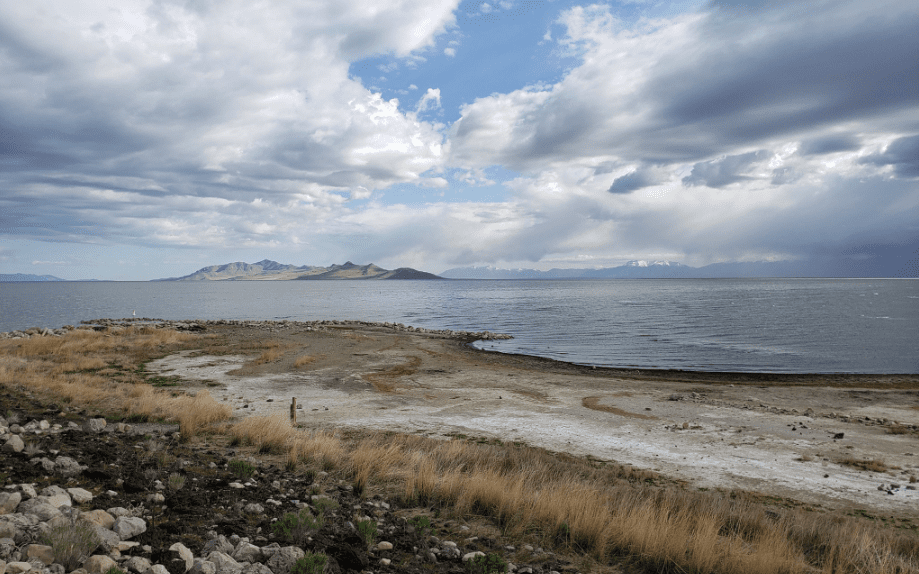
The Great Salt Lake typically drops a little over 2 feet each summer. With a current elevation of 4190.8, this would mean the lake could hit a new historic low. Photo: TownLift // Marina Knight
SALT LAKE CITY — On Friday, the Utah Division of Water Resources issued the latest drought update which revealed that conditions in Utah are only getting hotter and drier. According to the U.S. Drought Monitor, 5.71% of the state is now in exceptional drought (the worst category). During the month of May, Southern Utah saw little to no precipitation with Cedar City and St. George tying their records for the driest May on record in 127 years.
“Now that portions of the state have moved into ‘exceptional drought,’ water conservation becomes even more critical,” said Brian Steed, executive director of the Department of Natural Resources. “Residents looking to stretch our water supply can find rebates and conservation tips at SlowtheFlow.org”
Due to the dry climate, the state is experiencing the following extreme conditions:
- Crop yields and feed availability for livestock are expected to be scarce. Farmers and ranchers are already making contingency plans and working hard to make sure animals are fed and watered and they can continue to deliver food to the grocery stores.
- Current drought conditions have created drier fuels which in turn increase the chance of wildfire starts. To date, there have been 183 wildfires in the state of Utah, 152 of which have been human-caused.
- Due to extremely dry conditions, many state parks are currently under fire restrictions. Fire restrictions limit where visitors can have campfires and what types of fires or camping appliances may be used. Fire restrictions for each park are updated regularly and can be found here.
- Drought impacts fish by reducing the amount of water available in lakes, reservoirs and streams throughout the state. There are a few simple changes anglers can make to decrease stress to fish while they are out enjoying an afternoon of fishing during drought conditions.
- Harmful algal bloom (HAB) monitoring conducted by Zion National Park has detected the presence of HABs in the Virgin River Watershed.
- Thirteen of Utah’s largest 45 reservoirs are below 55% of available capacity. Overall statewide storage is 63% of capacity. This is about where reservoirs were this time last year.
- Of the 99 measured streams, 61 are flowing below normal despite spring runoff. Four streams are flowing at record low conditions. Due to low snowpack, streamflows are expected to be lower than normal. This means Utah’s reservoirs won’t fill as they normally would.
- Great Salt Lake typically drops a little over 2 feet each summer. With a current elevation of 4190.8, this would mean the lake could hit a new historic low.
- According to the latest information released by the U.S. Drought Monitor, drought conditions continue to plague the state with 5.71% of the state now in exceptional drought (the worst category) and 99.88% of the state experiencing “severe” or “extreme” drought conditions. Severe and extreme drought conditions are the Drought Monitor’s second and third most serious categories.

















